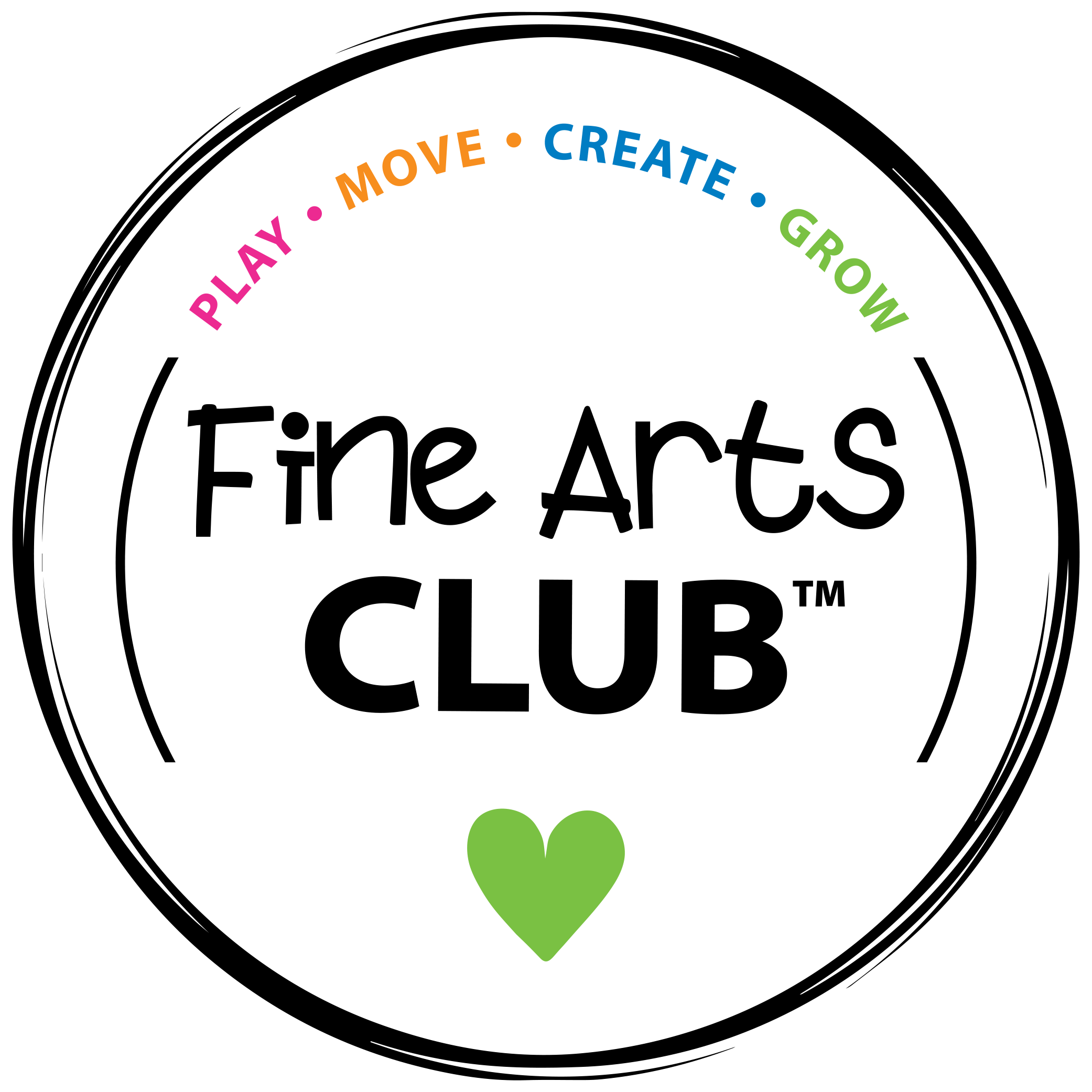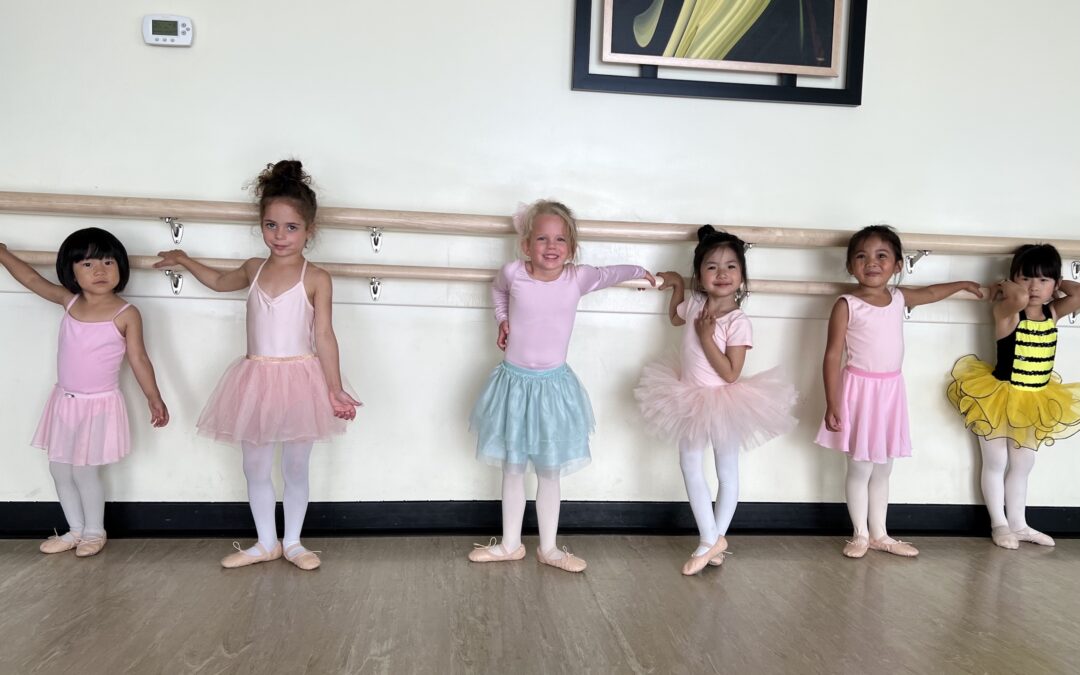Parents and caregivers are always on the lookout for fun and educational ways to engage with their toddlers. Do you know how you can enhance your toddler’s development while also making sure they have fun? Luckily, there’s an activity that’s both entertaining and helpful for your little one’s development: music and movement! By incorporating music and movement into your toddler’s daily routine, you can enhance their cognitive, social, and physical skills while also spending quality time together.
In this blog, we’ll explore the many benefits of music and movement for toddlers, as well as some fun and easy ways to incorporate this activity into your daily routine. Time to put on your dancing shoes and get ready to move and groove with your toddler!
The benefits of music and movement for toddlers include a fully embodied progression that enhances children’s awareness of their body. It helps with their physical development as toddlers are naturally curious and love to explore their surroundings. By encouraging them to move and dance to music, it will help them to develop their gross motor skills, balance, and coordination. As they become more comfortable with their bodies, this can lead to a greater sense of confidence and independence as they grow older.
Music and movement also play an important role in cognitive development. Research shows that music can help with language development, memory retention, and problem-solving skills. For example, singing nursery rhymes with your toddler can help them build their vocabulary and understand sentence structure.
It will also have a positive impact on a toddler’s emotional well-being. Dancing and moving to music can help release energy and reduce stress, which is essential for toddlers who may have trouble with self-regulation. Music can additionally encourage socialization and bonding between toddlers and their peers or caregivers.
Tips for Music and Movement in Daily Routines
Here are some easy ways to bring music and movement to your toddler at home during your daily routines:
Create a Music and Movement Corner
Setting up a specified area in your house for music and movement can make it easier for children to adapt to new additions to their routines. This area could include instruments like drums, shakers, and xylophones, as well as scarves, ribbons, and other props to encourage movement.
Sing and Dance Along
Encourage your toddler to sing and dance along to their favorite songs. You can find kid-friendly playlists on streaming services like Spotify, or create your own! Use easy movements like clapping or stomping to help them improve their coordination and rhythm.
Make Music with Household Items
You don’t need fancy instruments to make music with your toddler. Try filling a plastic container with rice or beans to make a shaker, or use pots and pans as drums. Encourage your toddler to experiment with different sounds and rhythms.
Play Musical Games
Games like “Freeze Dance” or “Musical Chairs” can be a fun way to get your toddler moving and grooving. You can also play “Name That Tune” by humming a familiar song and asking your toddler to guess what it is.
Attend Music/Dance Classes
Many communities offer music/dance classes for young children. These classes are a great way for your toddler to socialize with other children while learning new songs and movements. Check with your local community center, music store or dance studio to find classes in your area.
Incorporating music and movement into your toddler’s daily routine can have several benefits. It can improve their coordination, rhythm, and language skills, as well as boost their creativity and imagination. Most importantly, it’s a fun and engaging way to spend time together and create lasting memories. So put on some music and let your toddler dance like no one’s watching!
Looking for the perfect place where your child can not only play and learn, but also create and thrive? Look no further than Soul Connexion’s Fine Arts Program! Whether you have an energetic toddler or a curious child, our program is tailored to meet the needs of every child, providing a safe and supportive environment for them to explore their creativity and develop their skills.


Recent Comments